

Where Are They Now?
Written by Alisa Davis
Last year I discovered, quite by accident, one of the most interesting books I have read in a long time. It was called The Search for the Twelve Apostles by William McBirnie, PH.D. and in it Dr. McBirnie shares the decades of research he has done into the lives of the Apostles in an incredibly entertaining and readable way. Frustrated by every new book on the Apostles that came out that repeated the same source material from the last four centuries, Dr. McBirnie trekked to remote monasteries with their private libraries of ancient manuscripts, gained special permission to delve the archives of the Vatican, and followed ribbons of legend to isolated villages claiming a connection with an Apostle. All with the intention to “separate the historical germ from the great overgrowth of pure fantasy” that surrounds many of the legends and traditions told about the lives of these men. He separates the facts in the book into “probable”, “possible”, and not likely – in the process finding that there is quite a bit that can be confidently said to be known about the lives of the Apostles. I do not know what it is like in LDS culture, but in the Protestant culture I was raised in, the Bible always gets the final word so all of the stories about the Apostles, beyond what is shared in the Bible, were met with suspicion and dismissed as Catholic fairy tales. Since joining the church and learning of the great apostasy I have had a very strong desire to learn what happened in those first couple centuries of the church. So as someone who loves history and the Bible it was exciting to read a book by an accomplished scholar who validated that the real lives of these men are very much knowable as well as worthy of being the stuff of legend. Stories of the miraculous, high adventure, danger, martyrdom, and incredible faith brought these men to life for me. I found their stories to be inspiring and am firmly convinced that these stories are important to know and retell as they offer an incredible witness to what those who walked with Christ in the flesh were willing to do and sacrifice for what they knew to be true.

Simon Peter
“Thou are Simon son of Jona: thou shalt be called Cephas, which is by interpretation, a stone.”
Peter was a fisherman based out of Capernaum where he lived with his brother Andrew, his wife, and mother-in-law. His modest home in the town became the site of much of Christ’s ministry in the Galilee with many references to it in the New Testament. After the ascension of Christ, Peter’s family home became the center of the believing community in the area where they would meet, even modifying and adding on to the home over the centuries. The site of the home was rebuilt into a church in the year 352. You can see the foundations of the home today at the site of St. Peter’s Catholic Church in Capernaum.
Peter became a prominent leader in the early church; he led the election of an apostle to replace Judas, was the spokesperson for the church before local Jewish leaders, exercised authority in matters of discipline, was well recognized as bearing the power to heal and perform miracles, and defended the inclusion of Gentiles before the Apostolic Council. He often worked closely with Paul, visiting cities where Paul had established churches, even as they frequently seemed to be at odds with each other. At some point in his ministry, he was joined by Mark who worked as his secretary and translator; the Gospel of Mark is likely based entirely on the stories of Peter that Mark would have memorized.
Peter had his main headquarters based out of Antioch (modern Turkey) from approximately 33-40 AD and ministered to the Roman Provinces of Pontus, Bithynia, Cappadocia, and Galatia (the greater part of modern Turkey). He nominated St. Euodius as the leader of the church in that city, and St. Ignatius as Bishop over the region, before moving on. Peter then based himself out of Babylon (modern Iraq) in 44-49 AD. Located in modern day Iraq, Babylon was a prominent city at the time and had a large Jewish population, and this is where the epistle of 1 Peter was written. He and his wife met with Paul in Corinth and traveled frequently to Rome in the second half of the 40’s. By the year 49 he is found taking part in the Council of Jerusalem.
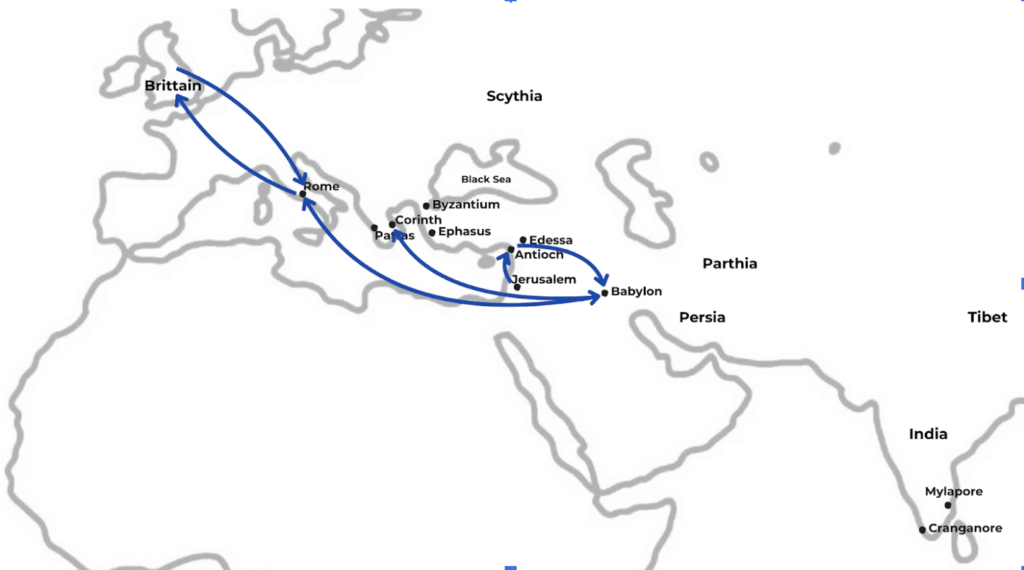
It is possible that Peter traveled several times to the isles of Great Britain after the edict of Claudius banished Jews from Rome in the year 50. While this cannot be placed in the category of “probable” it is certainly possible and there are several traditions for his presence in the region going back to the first few centuries of Christianity and “the first church dedicated to Peter was founded by King Lucius, the British King. . . in Winchester A.D. 156.” Another well established legend related to Peter, that likely has basis in real history, is that he pursued the sorcerer Simon to Rome with the intent of “counteracting the wicked sorceries of Simon”. After his encounter with Peter in Acts 8, where he tried to purchase the Holy Ghost, Simon fled to Rome, and claiming godlike powers became a favorite of the emperor. Peter and Paul rebuked Simon before the emperor and challenged him to a “trial of skill”, Simon was ultimately undone by the miraculous power of the Apostles and was killed.
Peter, his wife, and Paul were all martyred in Rome in the year 67 AD in Nero’s Circus. Peter, after suffering 9 months of torture in the Mamertine Prison and considering himself to be unworthy of death in the same manner as Christ, demanded to be crucified upside down. Both Peter and Paul were then buried nearby, and a church built over the site. The tomb of St. Peter was positively identified during excavations in 1939 into the foundations of St. Peter’s Basilica in the Vatican and his bones are there to this day, excepting his head which is 4 kilometers away in the Archbasilica of St. John Lateran, Rome.
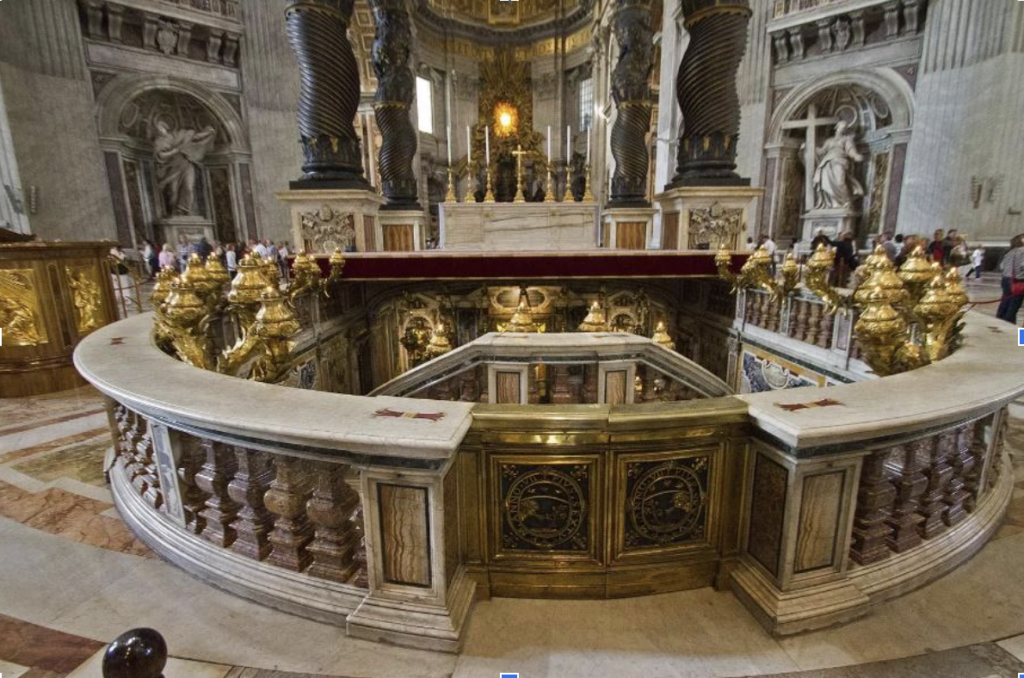
Andrew
“One of the two which heard John speak, and followed him, was Andrew, Simon Peter’s brother.”
Andrew, the brother of Simon Peter, was the first apostle chosen by Christ and the one who introduced his brother to him. While Peter does not appear to do anything other than fish prior to meeting Christ, Andrew was a disciple of John the Baptist who “immediately left John and attached himself to Jesus” after hearing John pronounce him as the promised Messiah. Andrew has occasional mentions in the Gospels but Acts simply mentions him as one of the 12.
There is strong reason to believe the traditions that place Andrew’s ministry in “Scythia, which is in southern Russia, in the area around the Black Sea” (modern Georgia and Ukraine), and with the Parthians in modern Iran, Ephesus and Asia Minor (modern Turkey), and Greece. While in Scythia he may have assisted in the ministry of Matthias and legends tell of an encounter with cannibals. Andrew is the patron saint of Russia as a result of his years of ministry there.
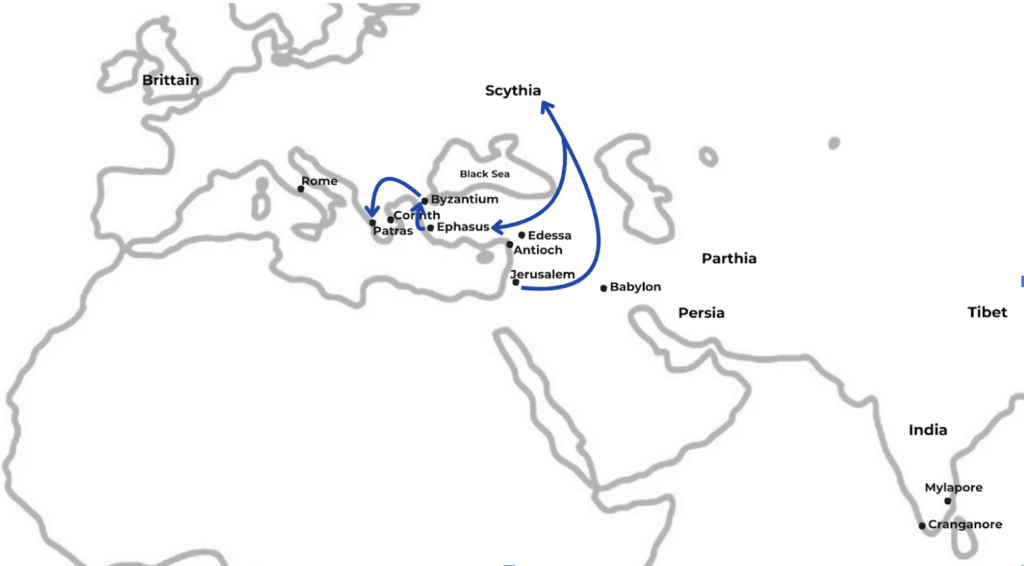
Asia Minor forms a land bridge between Russia and Greece so it is reasonable to believe ministered there while enroute to Greece. He is credited with working closely with John in Ephesus and a vision he had inspired John to write his Gospel narrative. Andrew then “reached Byzantium (present day Istanbul) and there he ordained Bishop Stachys”. He continued through Thrace and Macedonia to Patras in Greece where he converted the wife of the Governor. Angry, the Governor “ordered Andrew to forsake his religion or be tortured fiercely. Each begged the other to recant. Aegeates urged Andrew not to lose his life. Andrew in turn urged Aegeates not to lose his soul”. Ultimately Andrew was tied to a cross in the shape of an X and died in the year 69 AD.
Andrew’s body was taken down and buried by local Christians and then later moved by the Emperor Constantine to Istanbul. His head remained in Patras before being taken to the Vatican in 1460 AD and was returned to Greece in 1964. After the Turks conquered Constantinople (Istanbul) the body of St. Andrew was dispersed across the Christian world as relics.
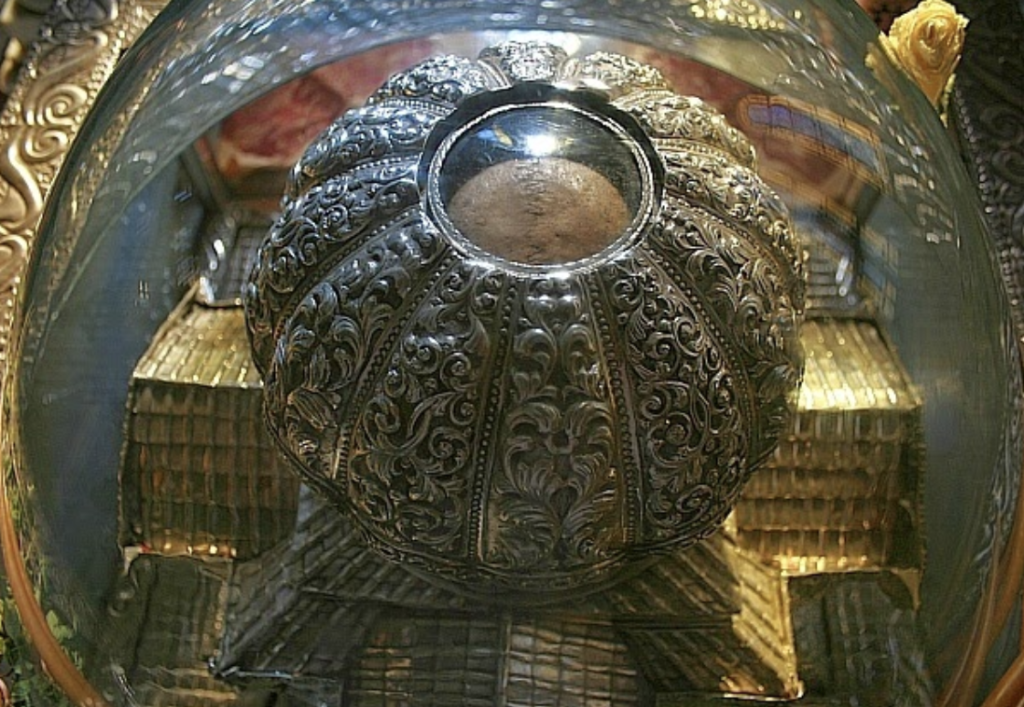
Thomas
“Then saith he to Thomas, reach hither thy finger, and behold my hands; and reach hither thy hand, and thrust it into my side: and be not faithless, but believing. And Thomas answered and said unto him, My Lord and my God.”
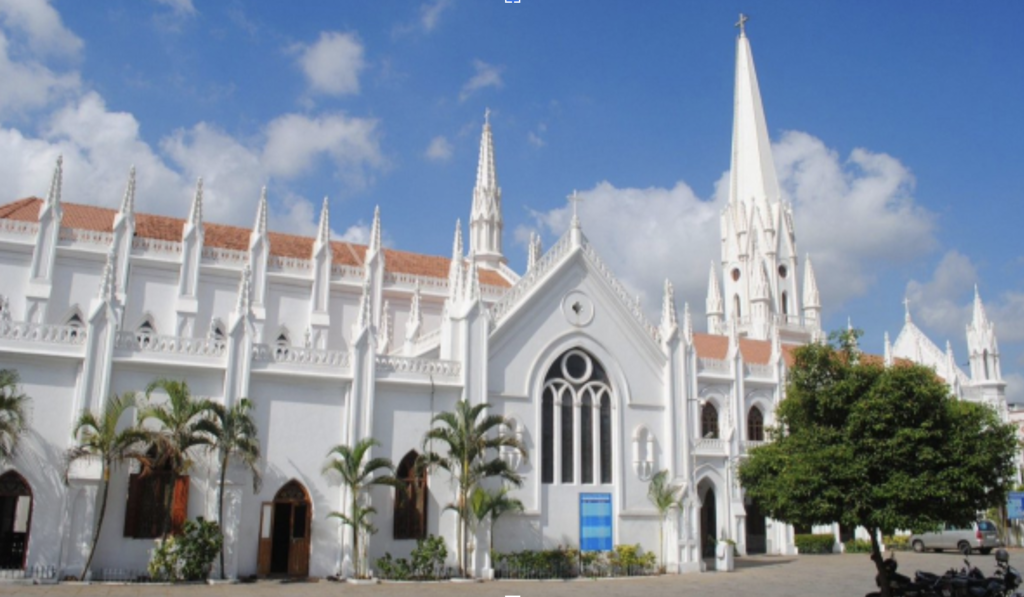
Thomas may have gone down in church history as the ultimate pessimist with his refusal to believe the other apostles of the resurrection but learning more about him has made him one of my favorite apostles as I find him incredibly relatable. Thomas was also called Didymas, meaning “twin”, but twin of whom is not known. He grew up in the same city and practiced the same trade as John so it is possible they had known each other since childhood, which could also explain why Thomas features more in John’s gospel than in the others. The amazing thing about Thomas is that we “may rather confidently reconstruct the actual missionary journeys of Thomas. In fact, we really know more about Thomas than we do about almost any other apostle with the exception of John and Peter.”
The first church established by Thomas was with the Jewish community in Babylon, from there he headed east and established churches along his way to his final destination, India. There is a marvelous story about why Thomas’s ministry took him out of the main part of the Roman Empire where the rest of the apostles remained. “In the Acts of Saint Thomas the apostles are shown as dividing the world among themselves for evangelistic activity. When Thomas was assigned India, he protested, “I cannot go there because of the fatigue of the body on the journey, for I am a Hebrew.” Jesus then appeared to Thomas, urging him to go to India, but he continued to resist, saying “I would that Thou wouldst send me into another country, for unto the country of India I cannot go.” It was then that our Lord showed himself to Abbanes, a merchant from India, and sold Thomas to him as a slave. Thomas, recognizing himself as Jesus’ slave, yields, and thus came to India as the slave of Abbanes.”

Thomas first appears in Northern India (modern Pakistan) where he converts the king Gondaforus. This king was believed to be legendary but his existence was proved when coins bearing his name were discovered. Thomas then likely traveled south down the coast, landing in Cranganore, after Gondaforus was defeated in war (about 45 AD). From there Thomas converted the three principal Emperors whose kingdoms made up the entire southern half of modern India, along with other high caste families. The church established by Thomas spread “like wildfire” through all of central Asia as far as Tibet.
Tradition places Thomas’ death “on a mountain now called Mount Thomas in Mylopur, a suburb of Madras”. He was either preaching while standing near a tank or praying when a Brahmin (a Hindu priest) pierced him with a lance. He was buried in Mylapore and his body remained there until being removed by Crusaders, his bones are currently scattered across sites in India, Turkey, Greece, and Italy. By the time the Portuguese arrived in India in the 16th century the church there was still very alive and active. Unfortunately, the Portuguese destroyed church records believing the church there to be heretical, yet the churches established by Thomas are alive and well in India to this day.
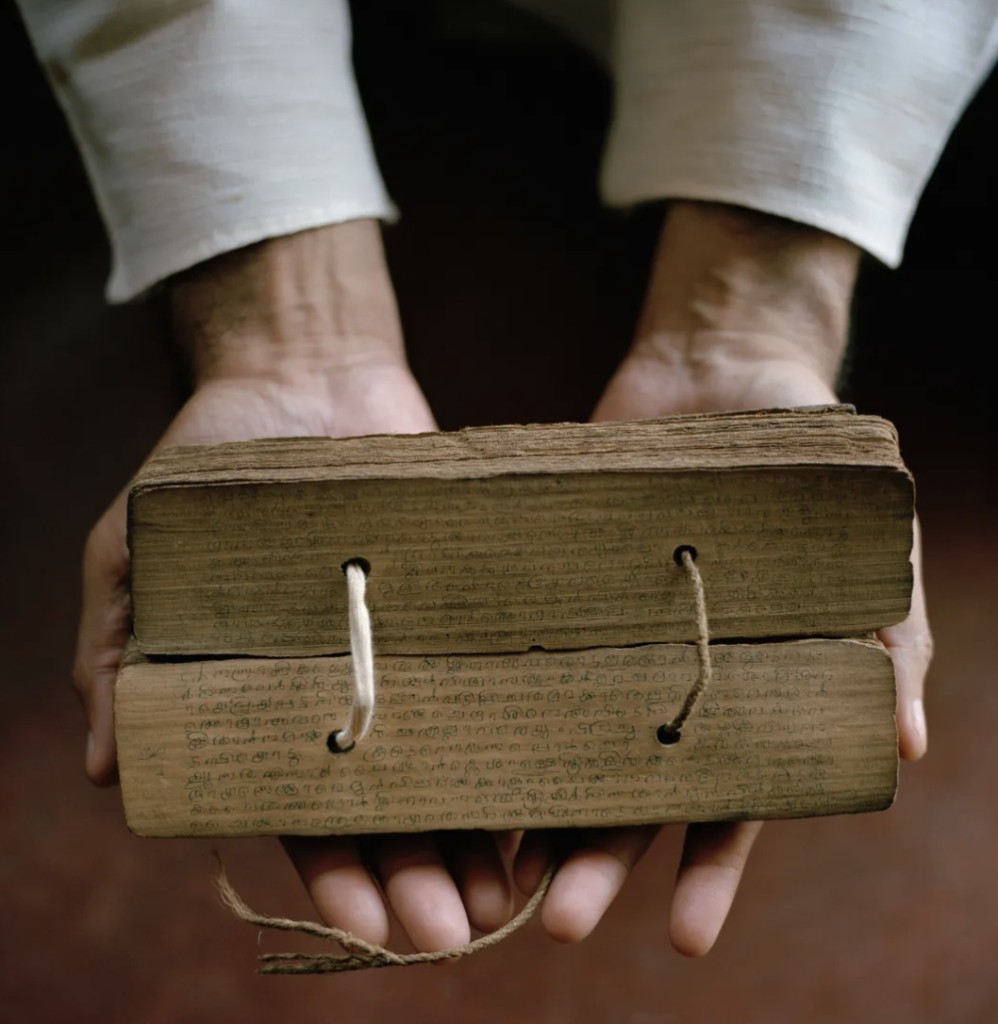
To read the full book, check out ‘The Search for the Twelve Apostles‘ by William S. McBirnie

Prepare with Us
The Honey and Lilies Blog is dedicated to helping your prepare spiritually, mentally and emotionally, physically, and temporally.

Tune In
Join Meghan each week for inspiring messages, and diving into the scriptures to help you live the gospel, seek truth, and become a true disciple of Christ.

Dive Deeper
We are excited to offer online, self-paced courses to help you deepen your faith and understanding of the gospel and your covenants.
